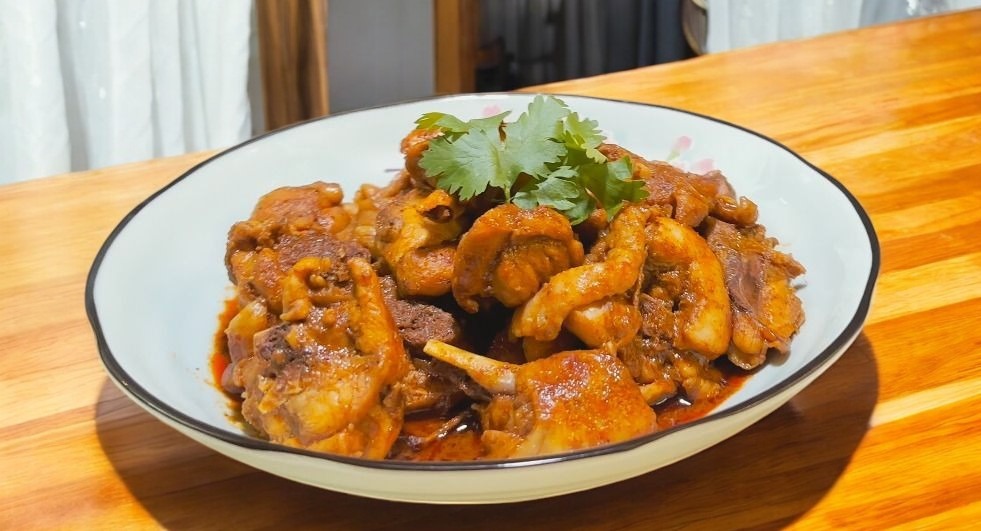Rendang is a dish that transcends the boundaries of being a mere meal in Southeast Asia. Known for its rich flavors and tender meat, it holds a deep connection to the cultural identity and heritage of the region. This traditional Indonesian dish, often made with beef or chicken, is more than just a culinary delight. It is a symbol of history, family, and community, representing the unique blending of cultural influences in Southeast Asia. In this article, we explore why rendang is more than just a meal—why it stands as a cultural icon in the region.
The Origins and Cultural Significance of Rendang
A Rich History Rooted in Indonesian Tradition
Rendang originates from the Minangkabau people of West Sumatra, Indonesia. It was originally prepared as a ceremonial dish to mark significant occasions like weddings or festivals. The dish itself is a combination of slow-cooked meat, usually beef, simmered in coconut milk and a variety of aromatic spices such as turmeric, ginger, garlic, and chili. The slow-cooking process allows the spices to infuse deeply into the meat, creating a robust and flavorful dish that is beloved across Southeast Asia.
A Symbol of Community and Togetherness
Rendang is often associated with celebrations and communal events in Southeast Asia. In many Indonesian and Malaysian households, preparing rendang is a collective effort, bringing together family members and neighbors. The dish is shared during major holidays like Eid, weddings, and other cultural festivals, further strengthening its ties to the concept of community. Serving rendang at these events symbolizes not only hospitality but also the importance of unity and togetherness in Southeast Asian culture.
Why Rendang is More Than Just a Meal: A Culinary Masterpiece
A Celebration of Flavor and Technique
Rendang’s complexity lies in its intricate blend of spices and the time-consuming cooking method. The dish is not rushed; it is slow-cooked over several hours, allowing the flavors to develop and deepen. This careful preparation is a reflection of the skill and dedication of the cook. When enjoying rendang, one is not just tasting a dish but experiencing the artistry of Southeast Asian culinary traditions.
A Dish of Deep Symbolism
In addition to its culinary significance, rendang carries symbolic meaning. The dish is often prepared for special occasions, which are moments that mark the passage of time and life in Southeast Asian cultures. It is more than nourishment—it is a way of marking milestones and celebrating life. Thus, rendang is a symbol of prosperity, hospitality, and the richness of Southeast Asian traditions.
The Global Impact of Rendang
Rendang’s Rise to International Fame
In recent years, rendang has garnered international recognition, with food critics and culinary enthusiasts around the world acknowledging its extraordinary flavors. In 2011, rendang was even voted the world’s most delicious food by CNN Travel, a testament to its global appeal. As people from various parts of the world discover this culinary gem, rendang has become an ambassador of Southeast Asian culture, introducing others to the region’s rich heritage.
Beyond Indonesia and Malaysia
While rendang is most closely associated with Indonesia and Malaysia, it has become a beloved dish in various Southeast Asian countries and beyond. In Singapore, Thailand, and the Philippines, rendang is often found in local variations, each bringing their unique spin to the traditional recipe. It has been embraced by diverse communities, becoming a unifying force that connects people through the shared love of flavorful food.
Conclusion: Rendang as a Cultural Icon
Rendang is undoubtedly more than just a meal. It is a cultural icon that encapsulates the spirit of Southeast Asia. Through its rich history, complex flavors, and deep cultural significance, rendang represents the values of community, tradition, and celebration. As it continues to gain recognition worldwide, it will undoubtedly remain a cherished symbol of the Southeast Asian identity, enjoyed by generations to come. Whether served at a festive gathering or shared among family and friends, rendang continues to be a testament to the culinary heritage of the region, proving that a meal can indeed be so much more than just food—it can be a powerful cultural expression.

